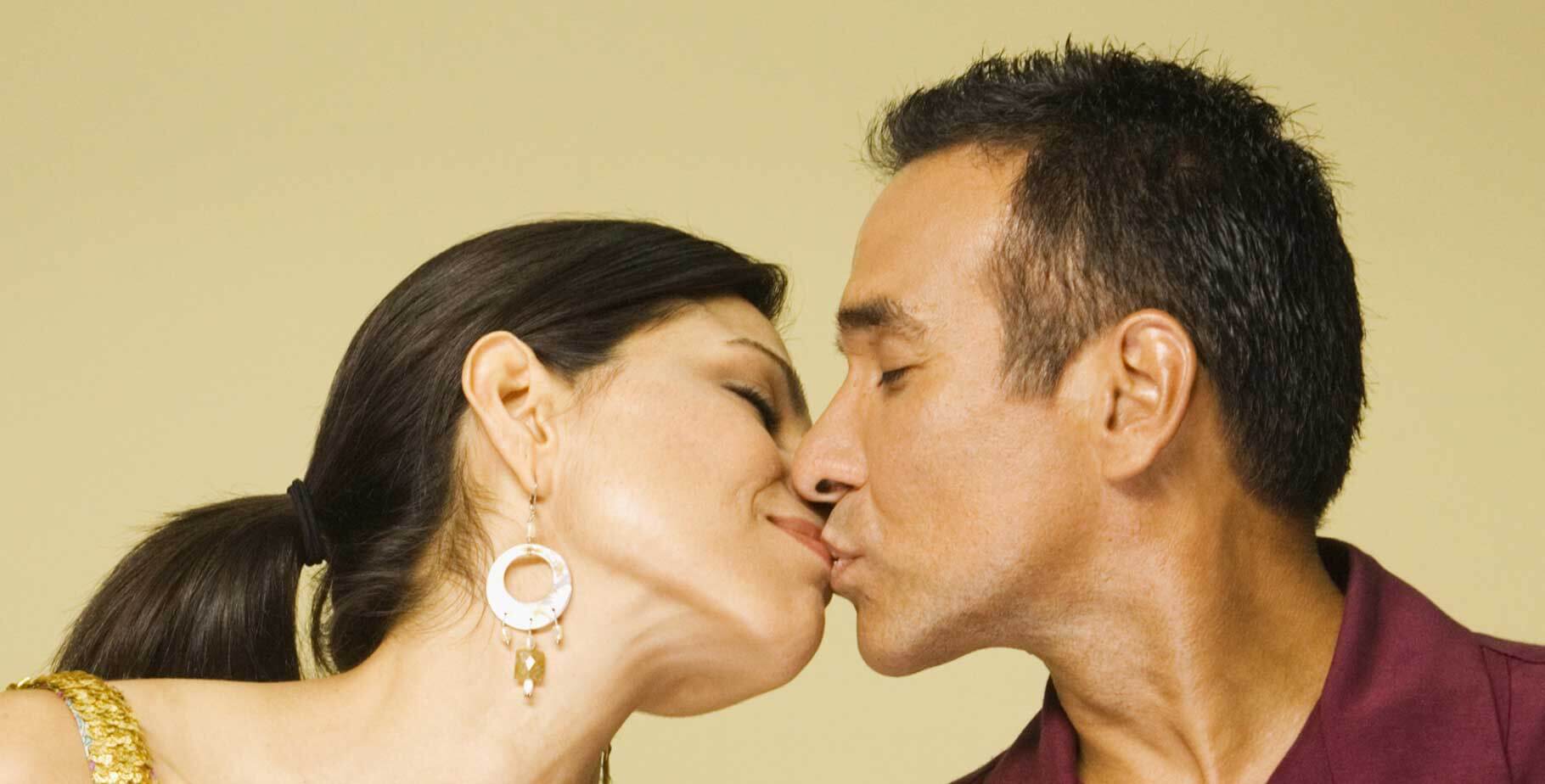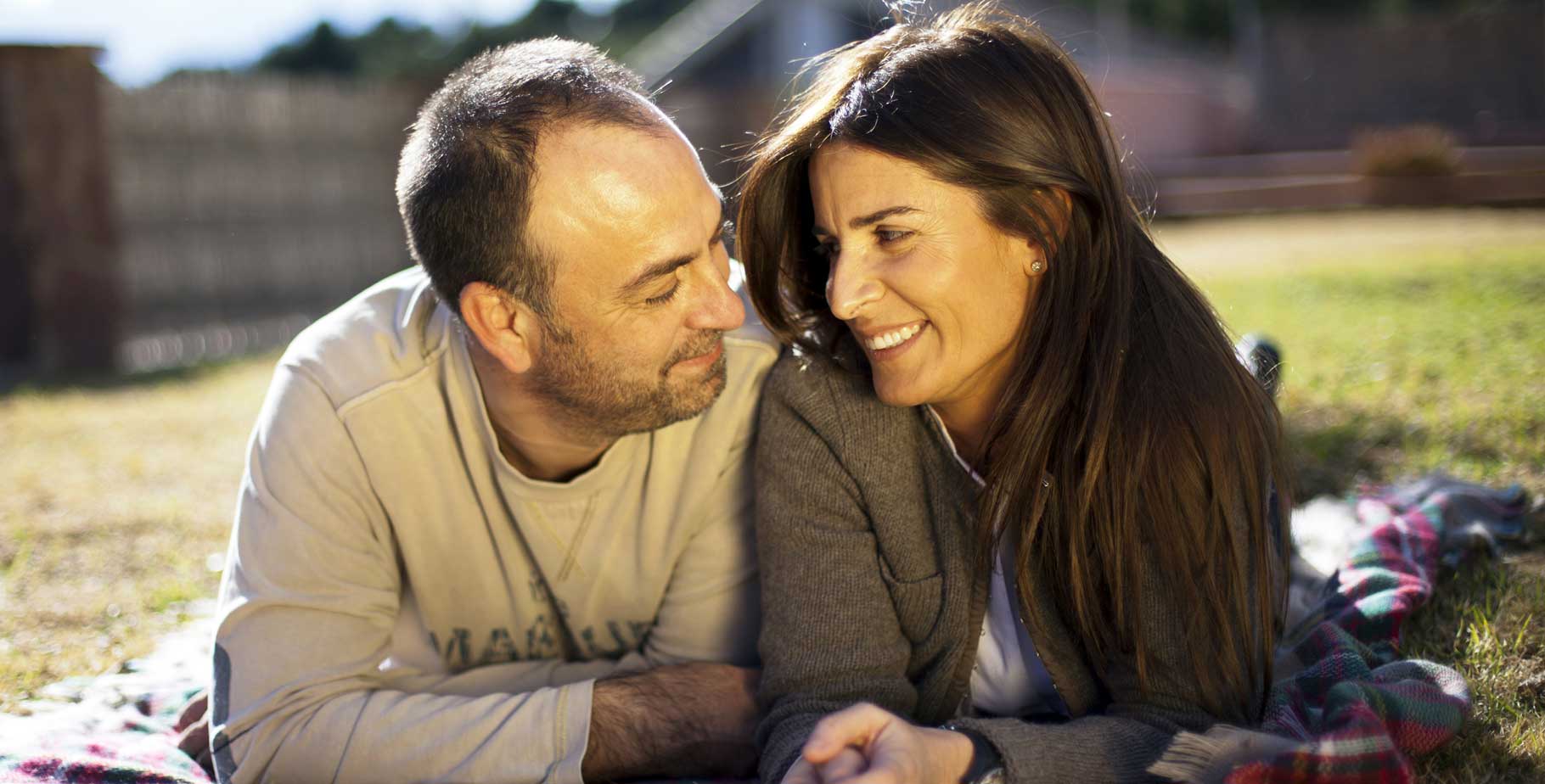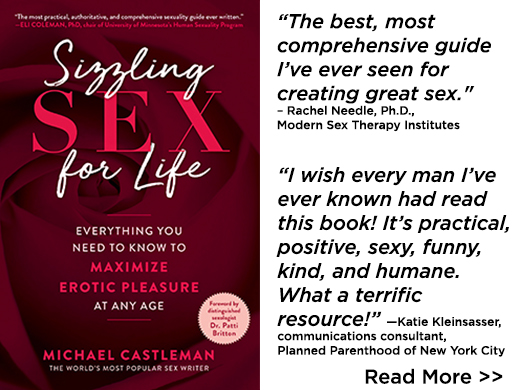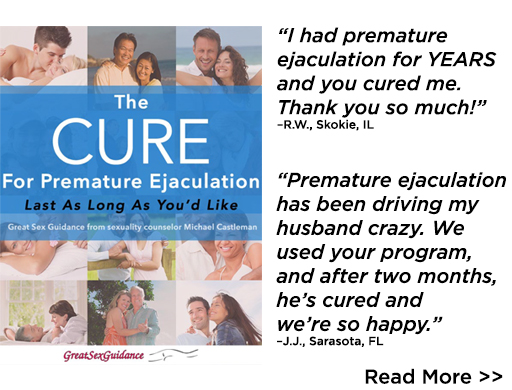
Kissing is a frequently overlooked element of sexuality. Also known as smooching, necking, snogging, making out, lip locking, bussing, and osculation, kissing is rarely mentioned in sexology resources.
One reason is that kissing often occurs in nonsexual contexts with non-erotic meanings, among them: kissing another’s cheek (or air kissing) to signal greeting or farewell, kissing children’s minor injuries to heal them, kissing the Pope’s ring or kings’ hands or garments to signal reverence and fealty, kissing dice for good luck, and kissing that signals betrayal, condemnation, or contempt as in Judas’ kiss, the Mafia’s kiss of death, or the phrase “kiss my ass.”
The poet Percy Bysshe Shelley defined kissing as “soul meeting soul on lovers’ lips.” It’s certainly possible for lips-only kissing to express deep love, but for soul to meet soul, most lovers engage in deep, open-mouth kissing with tongue contact, also known as French kissing. Most—but not all—people consider kissing with tongue contact to be extremely intimate. Some people consider it as intimate as intercourse. Kissing’s intimacy is also reflected in a term used to describe fellatio and cunnilingus—“genital kissing.” Meanwhile, many sex workers who routinely provide fellatio and vaginal and anal intercourse refuse to kiss customers because, they say, it’s “too intimate.”
Ancient Sanskrit texts (c. 1000 B.C.) provide the earliest documented evidence of human kissing. Ancient Europeans kissed, but the paucity of references in ancient Greek literature suggests that the practice was less frequent two thousand years ago than it is among Europeans today. Most cultures around the world kiss, but not all. Europeans introduced the practice to the indigenous peoples of Australia, Tahiti, and several locales in Africa. In some Asian cultures, lovers kiss only in private. Doing so in public is considered indecent.
The Mystery
Kissing is a mystery. Only two other species are known to kiss as humans do, chimpanzees and bonobos. They kiss to communicate attachment and to reduce group social tensions. But only humans and bonobos kiss deeply during sex. Nor is it clear why kissing evolved. Some scientists speculate that it originated with mammalian infant suckling. Human lips contain a wealth of touch-sensitive nerves, and lip stimulation activates a surprisingly large area of the brain. But all mammal mothers suckle their young while only a tiny minority of mammals kiss. Other researchers suggest that kissing originated in mammal mothers pre-chewing food before feeding it to their young mouth to mouth. But again, many more mammalian species pre-chew food than kiss. Some scientists theorize that kissing evolved to brings noses close enough to sense others’ pheromones, chemicals that play a subtle but well documented role in attraction and attachment. Again, many species respond to pheromones but only a few kiss.
Kissing boosts levels of the neurotransmitters dopamine, serotonin, and the endorphins. Dopamine regulates sexual desire while serotonin and endorphins elevate mood. Kissing also increases blood levels of the hormone oxytocin, which mediates interpersonal attachment, and decreases levels of the stress hormone cortisol. As a result, kissing reduces anxiety and lowers blood pressure.
Many people use kissing as a test of compatibility. In one survey, 59 percent of men and 66 percent of women said they’d ended budding relationships because the other person kissed badly.
Studies show that men are more likely than women to initiate kissing with tongue contact. Saliva contains trace amounts of testosterone, the hormone responsible for sexual desire in both men and women. Researchers speculate that unconsciously men may kiss with their mouths open to deliver this hormone and perhaps increase women’s sexual receptivity.
Among English speakers, open-mouth kissing was not called French kissing until World War I, when large numbers of English and American soldiers fought in France, and discovered that the French commonly engaged in it. However, open-mouth kissing is not called French kissing in France. It’s baiser amoureux (the kiss of love) or baiser avec la langue (kissing with the tongue).
Studies show that kissing is erotically more important to women than to men. Women are more likely to insist on kissing before, during, and after sex.
Kissing often makes people feel self-conscious, especially about the freshness of their breath. This concern accounts for significant sales of lifesavers, breath mints, toothpaste, and dental floss.
One study asked 1,041 young adults how best to kiss. The vast majority said that fresh breath, clean teeth, and good grooming were essential prerequisites. A large majority also valued soft, moist lips, deep breathing, mutual caressing, and assertiveness—leaning in and putting emotion into kissing rather than remaining passive. Finally, most said the best kissing begins with mouths closed, and with mouths opening only if things heat up.
References:
Kirshenbaum. Sheril. The Science of Kissing: What Our Lips Tell Us. Grand Central Publishing, 2011.
Ryan, Christopher and Cacilda Jetha. Sex At Dawn: The Prehistoric Origins of Modern Sexuality. Harper-Collins, 2010.
Teifer, Lenore. “The Kiss: The Kinsey Institute 50th Anniversary Lecture,” Oct. 24, 1998.




